Your website copy is a lot more important than you realize.
It can make or break whether a customer reaches out for your services or purchases a product.
Changing around a few words or optimizing headlines can make drastic changes in business performance.
In fact, three-quarters of online users pay close attention to spelling and grammar on a company’s website.
How do you think your website copy reflects your brand?
Is it generic and boring? Is it vague?
Or, does it bring out the customer’s emotions, suck them into a spiral, and get them excited to buy your product?
Don’t worry if your web copy is drier than the Sahara desert. I’m going to help you fix that today.
Ahead are the exact steps I use myself to write copy for websites that print money.
I’ve never shared this with anyone before, but I thought it’d be a nice resource for copywriters or business owners that wish to write their own website pages.
What is website copywriting?
Before anything, let’s define website copywriting.
It is the process of writing pages for a business website that helps achieve their goals and hit KPIs.
This includes organic traffic, sales, or leads in most cases, if not a combination of these things.
There are standard practices and pages that must be produced, such as the home page, contact page, and about page for example.
Having SEO knowledge is also a mandatory skill in my opinion.
Remember that copywriting is used to generate results.
If you understand the fundamentals of SEO, you will be able to produce website copy that drives traffic to your site and ultimately converts into cold hard cash.
Take my free SEO course to learn more.
How much should I pay for website copywriting? (Or charge)
The amount you pay for copywriting services will depend on the writer’s skill level, portfolio, your budget, and the scope of the project.
There isn’t necessarily a one-fits-all rate for copywriting but I’d recommend referencing the Professional Writer’s of Canada Association’s rates as a benchmark.
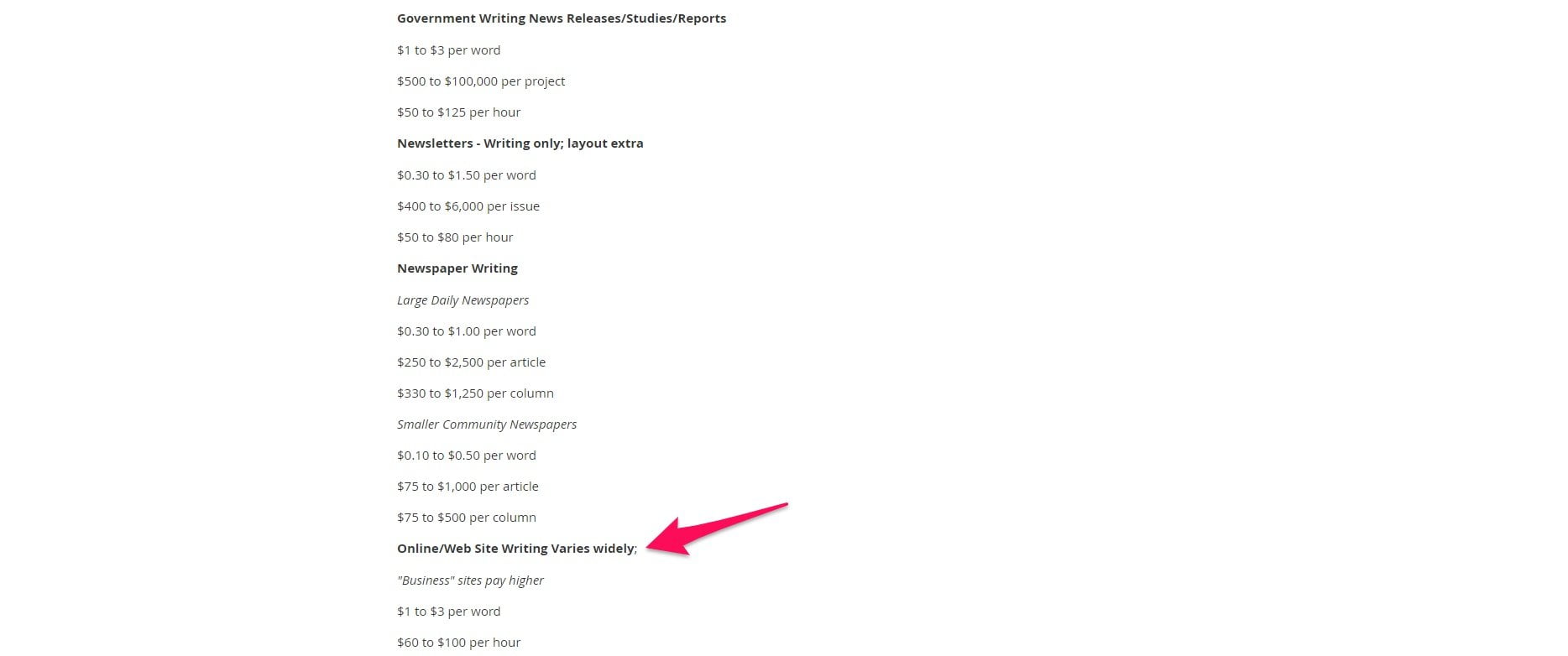
According to their website, website copywriting is typically billed at $60-100/hour or $1-3/word.
Look at copywriting as an investment.
You’re going to pay a writer to produce sales copy that generates your business revenue so it will have a direct ROI.
If you need copywriting services, feel free to reach out to me at any time.
With that being said, let’s talk about how you can begin writing website copy yourself.
How to write website copy
These are steps you need to take when writing effective website copy:
Step 1: Organize all of the available resources you have
The first step before writing anything is to organize yourself.
You will want to collect as many resources as possible about the client, such as:
- Blog posts: These give insight into how the brand speaks, their audience, and how they present themselves to the world.
- Reviews: Testimonials allow you to get inside the head of their ideal customer, understanding what they like and don’t like about the product/industry.
- Market reports: You need to become an expert on the industry your client is in. Market reports detail trends, opportunities, consumer behaviors, and other data that’s priceless as a copywriter.
- Forums: Use these communities as a way to learn about how customers in the industry speak, their demographics, interests, and other notable pieces of information.
- Competitors: Visit Google and find the client’s top competitors. Study their websites to get copy ideas, and to see if you can pick up on any strategies or patterns.
- Internal documents: Ask the client if they can provide you with any memos, emails, or other resources from inside the company to further study them.
Organizing and collecting resources is an overlooked step in the copywriting process.
I recommend spending a good amount of time here, as it will help speed up and smooth out the writing process later.
I also enjoy taking hand written notes, and pinning them up on the whiteboard in my office for easy reference.
Once you’ve done this, it’s time for the next step.
Step 2: Ask the important questions
There are some mandatory questions you need to ask yourself and the client to produce the absolute best copy.
They include the following.
What are the features and benefits?
The features of a product include its size, colour, or materials. They are factual pieces of information that need to be mentioned.
However, it’s not what helps sell it.
Benefits are what makes customers want to take out their credit cards.
These are the emotions and experiences that the consumer gets out of using the product.
For example, the features of a t-shirt may be:
- It’s made out of linen.
- It’s a light blue colour.
- It has a stretch fit.
This is great and all, but here’s what the customer really wants to hear:
- They will still cool in the warm weather.
- It’s a versatile shirt they can wear with any outfit to feel confident.
- It will fit better over time.
Brainstorm the features and benefits of the product that your client sells before moving onto the next question, which is…
What’s the unique value proposition?
The unique value proposition, or UVP for short, is the feature that makes the product stand out from anything on the market.
Look at Dyson’s vacuum, for example.
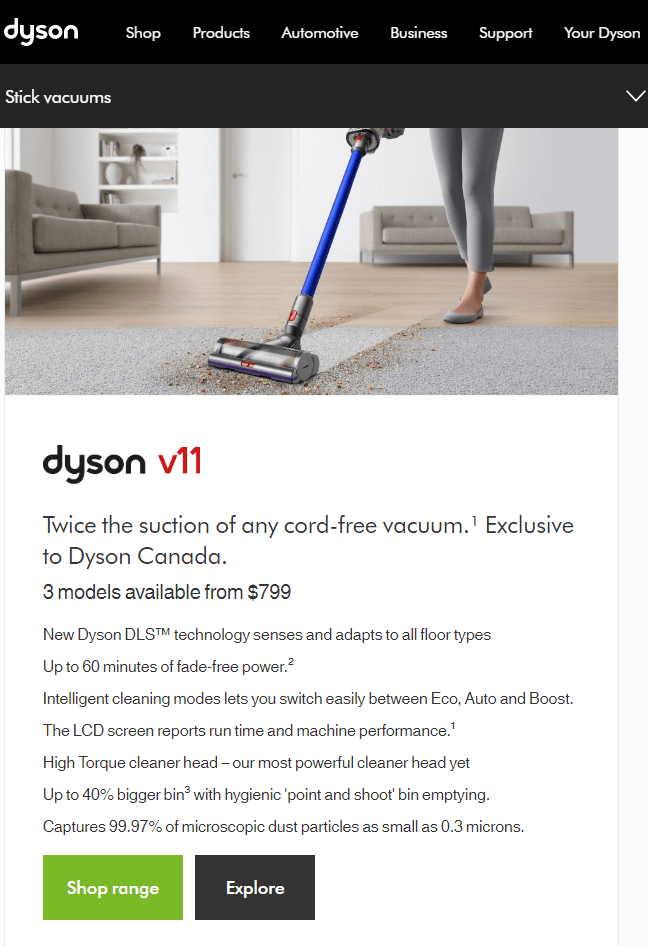
The headline below the product name clearly states their product has “Twice the suction of any cord-free vacuum.”
Study the client’s business to determine what makes them stand out from competitors. Better yet, ask them these questions I’m outlining via email or a phone call to get it straight from the horse’s mouth.
What problem does the product solve?
I’m sure your client’s product has tons of nifty features and gizmos, but the reality is that only one thing matters: that it solves a customer’s problem.
In the Dyson example above, it’s safe to say that the vacuum solves problems like:
- Prevents allergies by collecting dust and other allergens.
- Keeps customer’s homes looking and feeling clean.
- Saves time versus using a less powerful vacuum.
- Cleans all floor types, so customers don’t need several tools to clean their homes.
Look at the business you’re writing copy for, and brainstorm all of the ways that their product solves an issue.
How much does it cost?
Price is a huge reason why people buy things.
It needs to be within their budget and they also have to be able to justify paying for it.
This is why you need to carefully break down why something costs the amount it’s sold for.
Can you justify it as an investment? Will it save them money in the long term?
Step 3: Study the audience like the back of your hand
No audience is the same.
They all have different needs, values, desires, and beliefs.
Understanding all of these little details will allow you to craft copy that hyper-targets their questions, emotions, and situation.
It’s like the analogy of using a shotgun versus a sniper rifle.
One sprays in random directions in hopes it will hit something. The other is fine-tuned to hit an exact target.
Be a sniper when you write copy.
Ask yourself the following questions every time you go write web pages:
- Who is the average person visiting this page?
- Why do they need the product?
- What purpose does it serve them?
- What questions would they have about the product or business?
- What objections might arise in their mind?
Answering these questions shouldn’t be done based on hunches though. 🙅♂️
If you followed the previous step of collecting information, you’ll have the resources to start connecting the dots.
Previous campaigns, internal documents, competitors, and alike are enough to get a great idea of who you’re speaking to.
Better yet, roll up your sleeves and perform primary research. A.K.A collecting information that nobody else has.
You can do this what a free form tool like Typeform. Begin by registering for a free account.
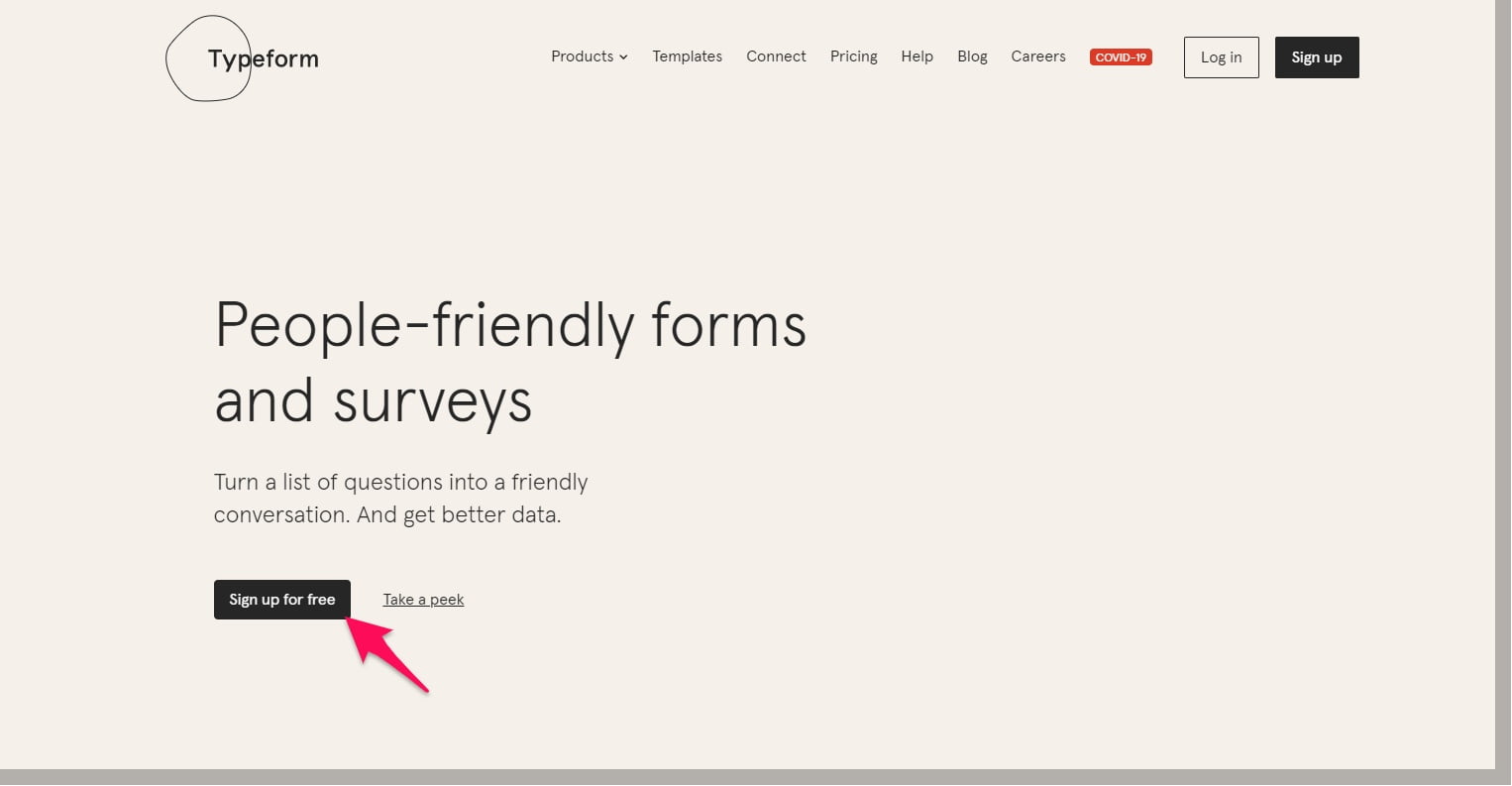
Create a new Typeform from the dashboard and choose a template or build one from scratch.
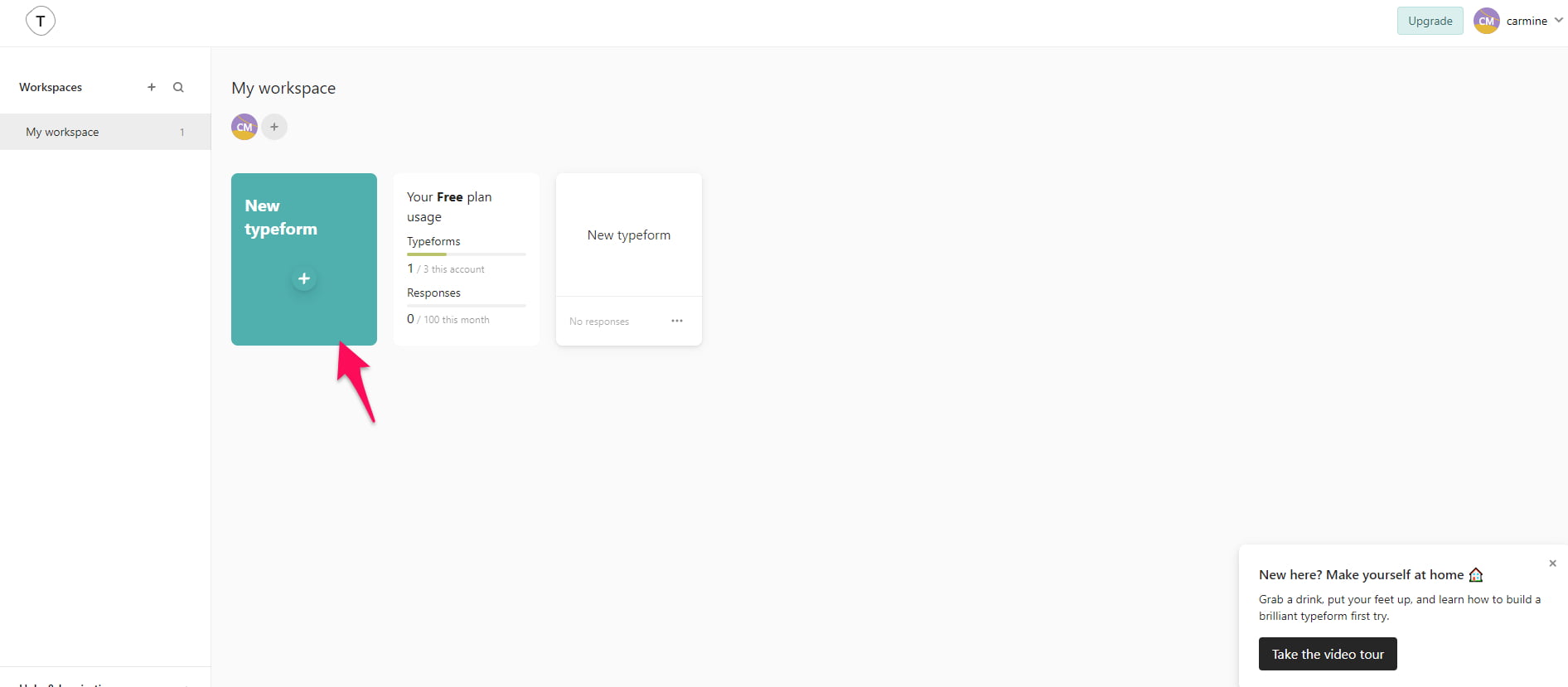
Add questions on the left side and they will preview on the right.
I recommend asking questions like:
- What is your location, education, and income?
- How does our product help you?
- How did you decide to choose our product?
- What alternatives have you considered?
- What hesitations or objections did you have before purchasing?
- What questions did you want answered? Were any left unanswered?
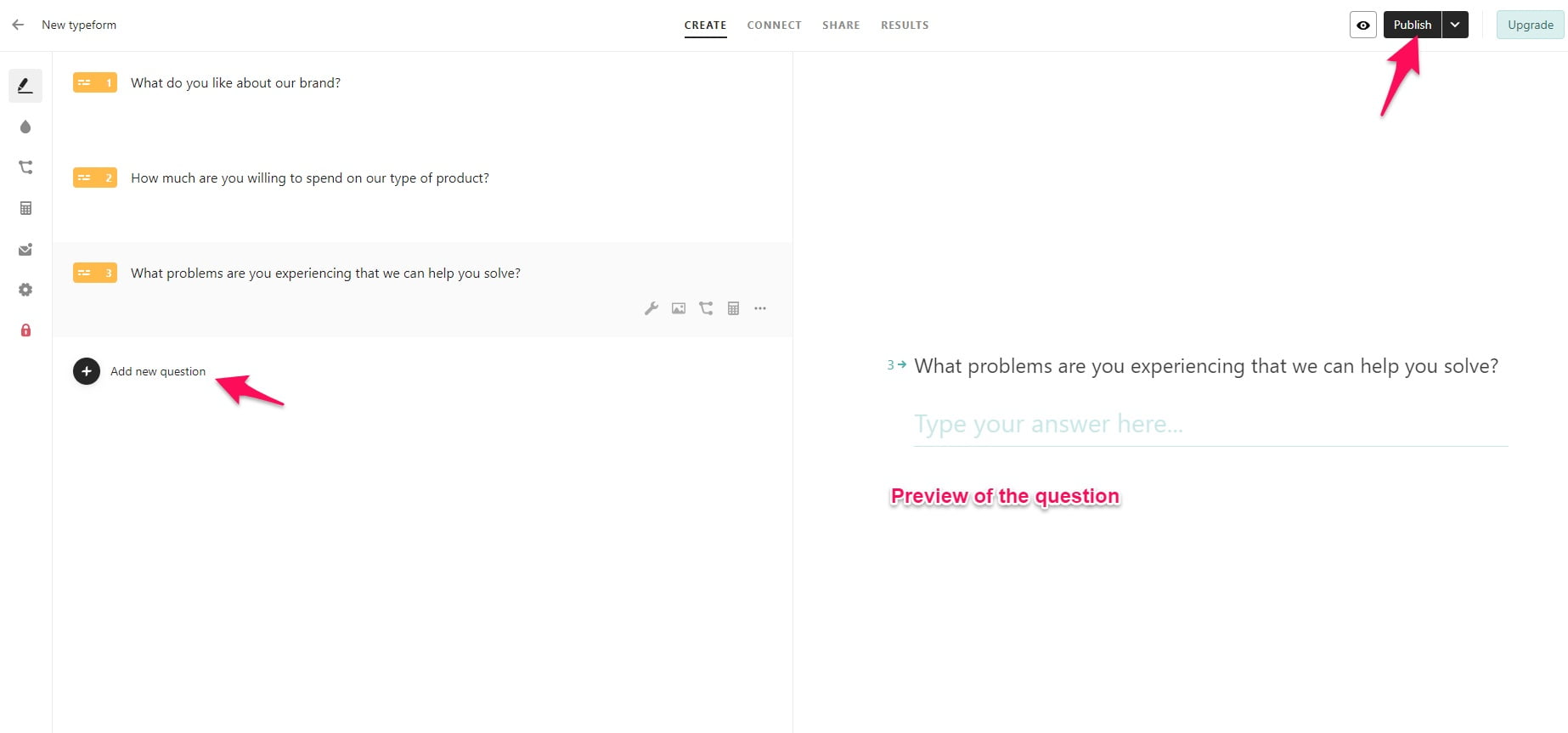
Click the “Public” button when you’re finished and send it to customers. This can be done via an email list or social media for example.
Step 4: Determine the objective
Every piece of copy has a different goal.
Some are written to generate revenue, increase the number of leads a business acquires, or improve brand awareness.
This is why one of the first questions you should ask yourself or the client is what the main goal of writing the copy is.
The objective of the copy will change how it’s written, formatted, and everything in between.
For example, sales copy written to make sales would focus more on the product, how it will change the customer’s life, pricing, value propositions, and ultimately leads to a sales page.
However, if you wrote copy to generate leads, it would focus more on collecting information from the reader and offering them something of value in exchange for it.
Once this step is completed, we can move onto the fun part: writing 🙂
Step 5: Start writing!
Here are the three main steps I take when producing copy. Feel free to add in your own strategies and steps to make it unique.
Write the first draft, head lines, and bullets
I learned a great lesson from Robert Bly, one of the best copywriters to live, that drastically sped up my writing process.
It is the idea that if you write copy as fast as possible, you use the creative and emotional side of your right brain.

This also saves time as you knock out the first draft in a much shorter time span.
And that’s another point: don’t be a perfectionist.
The first draft is just that… a draft.
It isn’t supposed to be sexy, clean, and uniform.
It just needs to have the foundation and general idea of the copy before you move onto the second stage.
Similarly, I recommend spending a lot of time writing down tons of headline ideas.
Don’t worry if it sucks or sounds stupid. Just write it down.
A common practice for copywriters is to let ideas flow out via bullet points. Every bullet should have a separate idea or selling point.
Let the words flow out of your fingers and onto the screen.
This brings me to my next point.
Edit for flow, logical sequence, and rewrite sections
Once you have written the first copy of the website’s pages, it’s time to edit them.
Go back to the very beginning and ensure that all of your spelling and grammar are correct.
There are free tools available like Grammarly that will do most of the leg work for you.
Sign up for an account, create a new file, and paste in your copy.
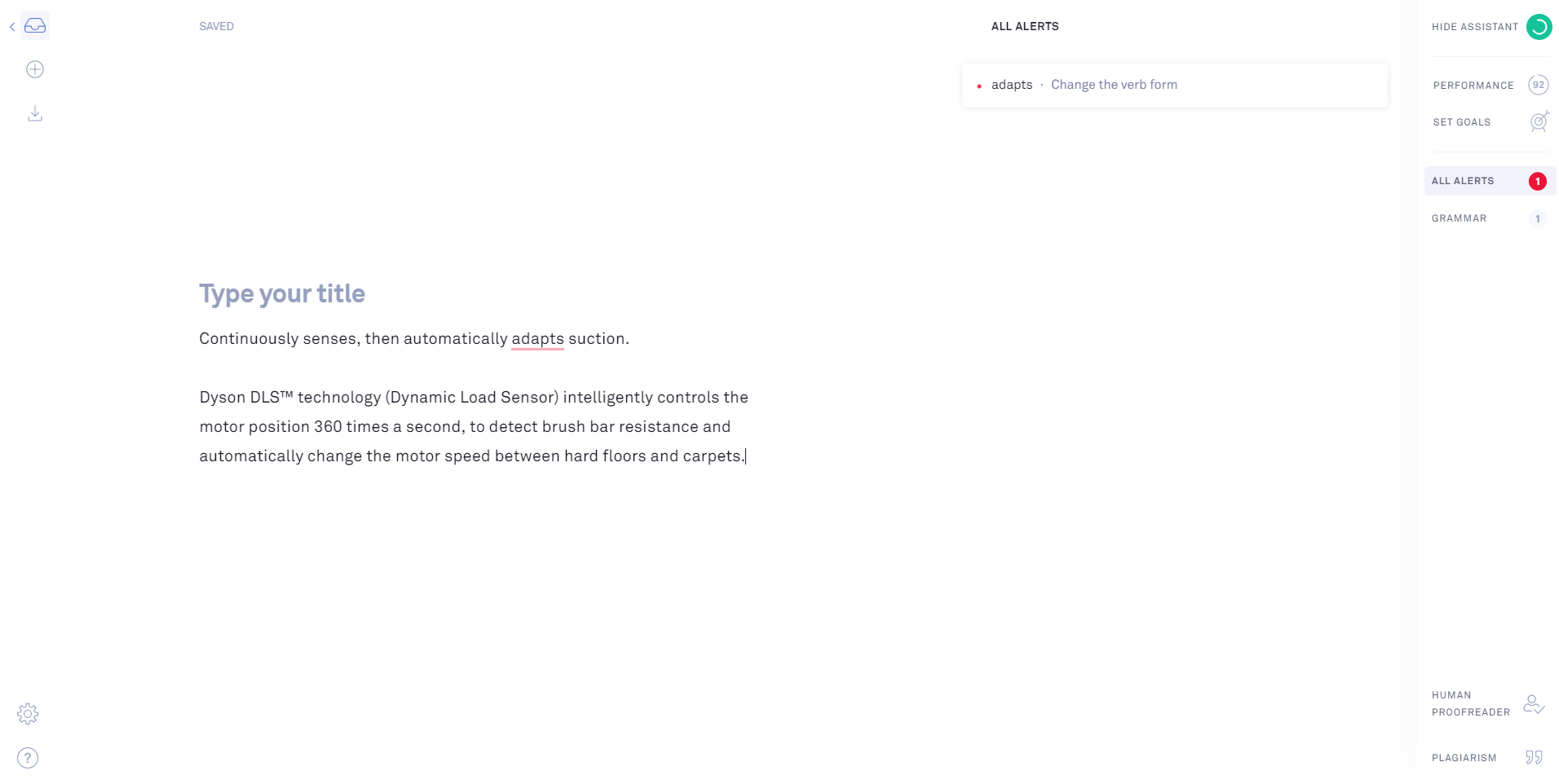
It will let you know anything that can be improved.
Additionally, you need to rewrite the copy for flow.
Every idea and point should effortlessly lead into the next.
Avoid choppy jumps between sections that don’t completely relate.
You want copy to be like a slippery slope, allowing the reader to sail through the material without interruptions.
The sequence of your copy also needs to be logical.
For example, you wouldn’t talk about how the t-shirt you’re selling is made of special cotton then suddenly speak about where your company is from.
It seems obvious, but I see these mistakes all of the time with my clients and fixing them leads to big jumps in performance.
Ask for feedback from the client
Once you’re satisfied with the copy, you should send it to the client to get their opinion.
Remember, they know their business best.
But, tread lightly. You’re the authority as the copywriter, and know what works best in terms of writing.
That means you should fix anything they like that ensures an accurate representation of their product but avoid changing strategies or sections that you know won’t work.
We’ve all been there: the client that tries telling you how to write copy when you’re the one writing it!
Don’t be afraid to speak up if they make a suggestion that you know will hurt conversion rates. They will appreciate it in the long term when they make more money 🙂
The next sections will teach you how to write web copy for individual pages.
How to write a home page
A home page is like a first impression.
It sums up everything about you and influences the rest of the interactions with customers later.
Home page copy isn’t one-size-fits all though.
An e-commerce store would have vastly different copy than a marketing agency or mobile app site for instance.
However, these are a few universal truths every company should follow when writing home pages:
What the heck do you do and why does it matter? (Put this in a headline)
The above the fold section of a website is the holy grail to digital marketers like myself.
It’s the first thing that someone sees. If it sucks, it’ll be the last too.
Precisely why you need to have a descriptive and benefit-oriented headline placed in a “hero” section.
Look at mine for example:

I have a main SEO keyword that explains my services followed by a sub-headline and call to action.
People don’t land on my site scratching their heads thinking, “What does this guy do again?”
Neither should they when they visit your site.
Quickly sum up what you do and what it means for the customer.
The hero section of a website is also an ideal place for calls to action, buttons, and promotions.
Live by the logo bar
The logo bar…
It’s so many companies dream to have one that’s jaw-dropping.
It acts as social proof and builds trust with customers.
I recommend including one above the fold of your website or placed somewhere on the homepage at a minimum.
This shows customers you aren’t some newbie.
You’re an expert. A professional.
See how the SEO tool ClickFlow boasts about The Atlantic and Drip?
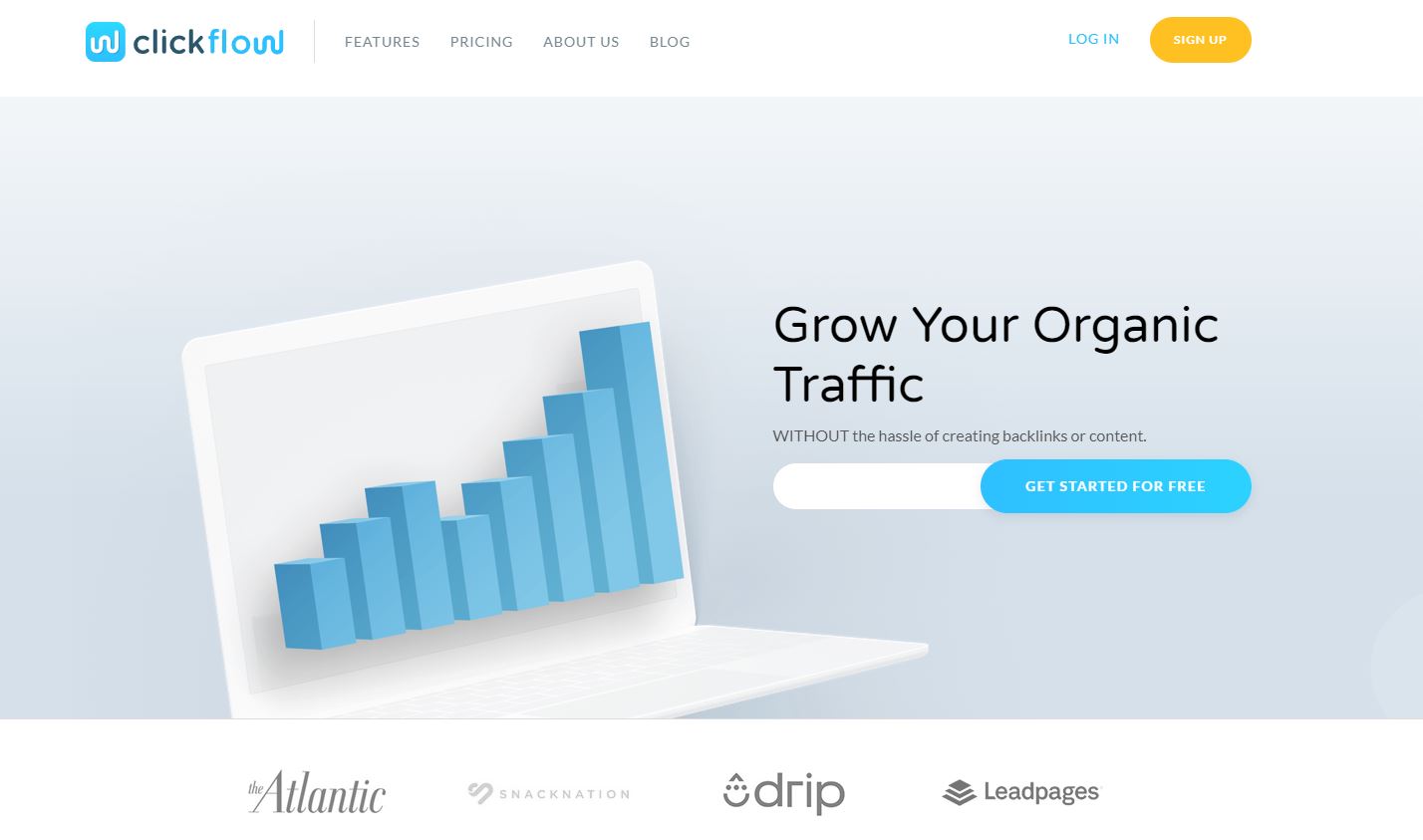
It makes them authoritative.
But it’s not just a branding play.
Those large brands aren’t going to work just anybody. It implies ClickFlow is able to meet high standards and deliver big results.
Have one focus
Every page on a website needs to have a single goal.
This makes tracking analytics easier and increases engagement.
The more things to do on a page, the more confusing it becomes.
Simple as that.
The home page—in my humble (but awesome) opinion—should communicate a value proposition, product/services, and results.
Once again, depending on what business you run this will change. For example:
- Online stores: Include your latest promotion/sale, product categories, hot sellers, and reviews.
- Service businesses: Include a value proposition, services summary, case studies, logo bar, and clear call to action.
- Blogs: Include your latest content, blog categories, resources page, and newsletter signup.
Hello Bar is a prime example.
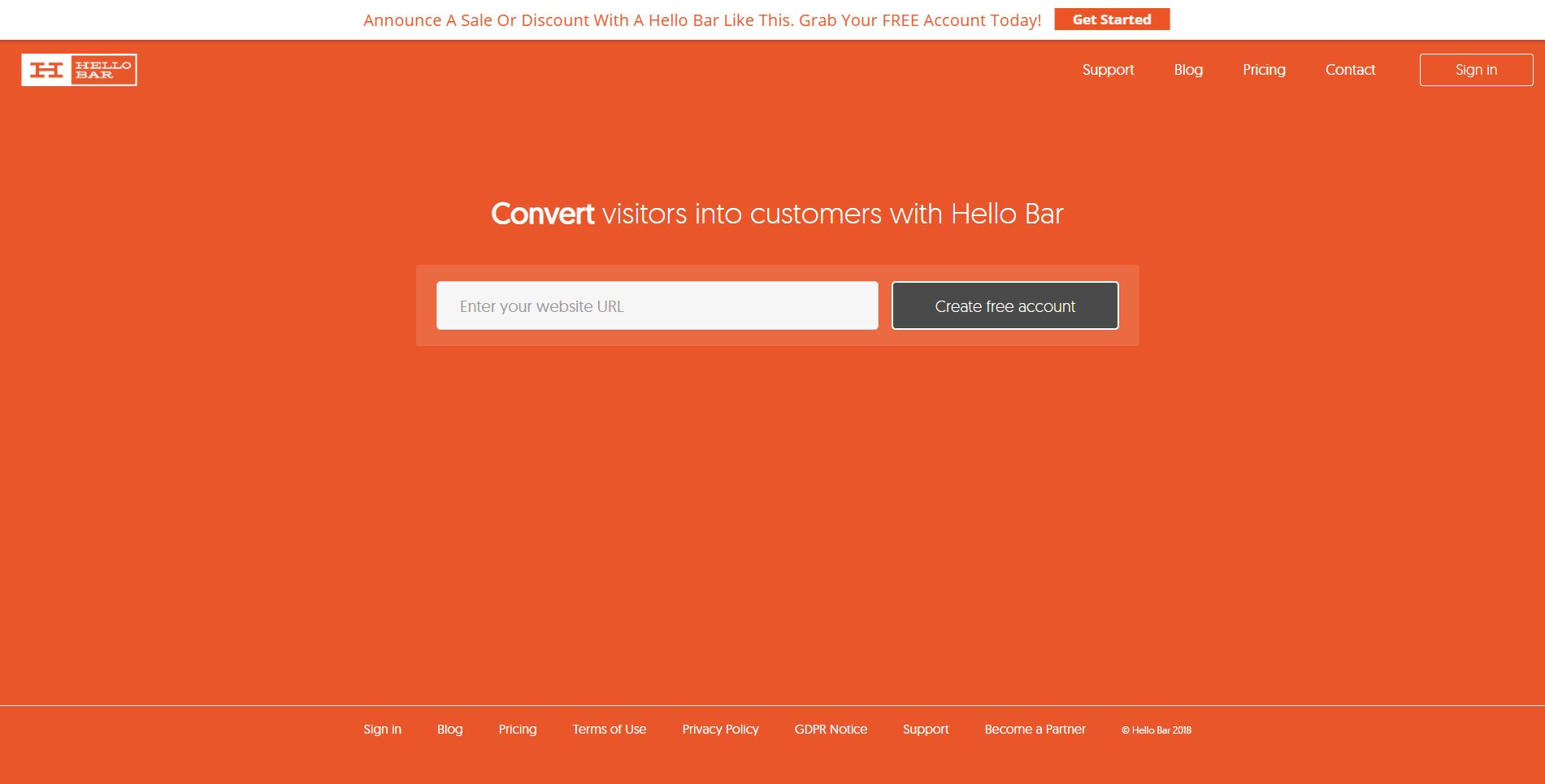
Upon landing on their home page, you can only create a free account. That’s it.
It forces users down a very specific path and funnel.
There’s no chance of confusion and Hello Bar is able to guide them from discovery to conversion.
It is very bare-bones. Yours doesn’t have to be that minimalist, but focus each page (the home page in this case) on one goal. 🎯
Writing the about page
Here’s a harsh truth: people don’t care that much about your business. They care about what it will do for them.
I always love giving the analogy of walking into a retail store.
Do you go into Nike or Adidas asking about their company history and team management?
Hell no!
You ask where the deals are, what’s on sale, and go straight for the product you want.
An about page needs to reflect this and help the customer understand why their hard-earned money is worth transferring to your pocket.
Be personal too. Don’t be so dry. Everyone makes that mistake
Show your face and talk about what you do on the weekend. What gets your rocks off. People want to connect with other people.
Here’s a neat example:
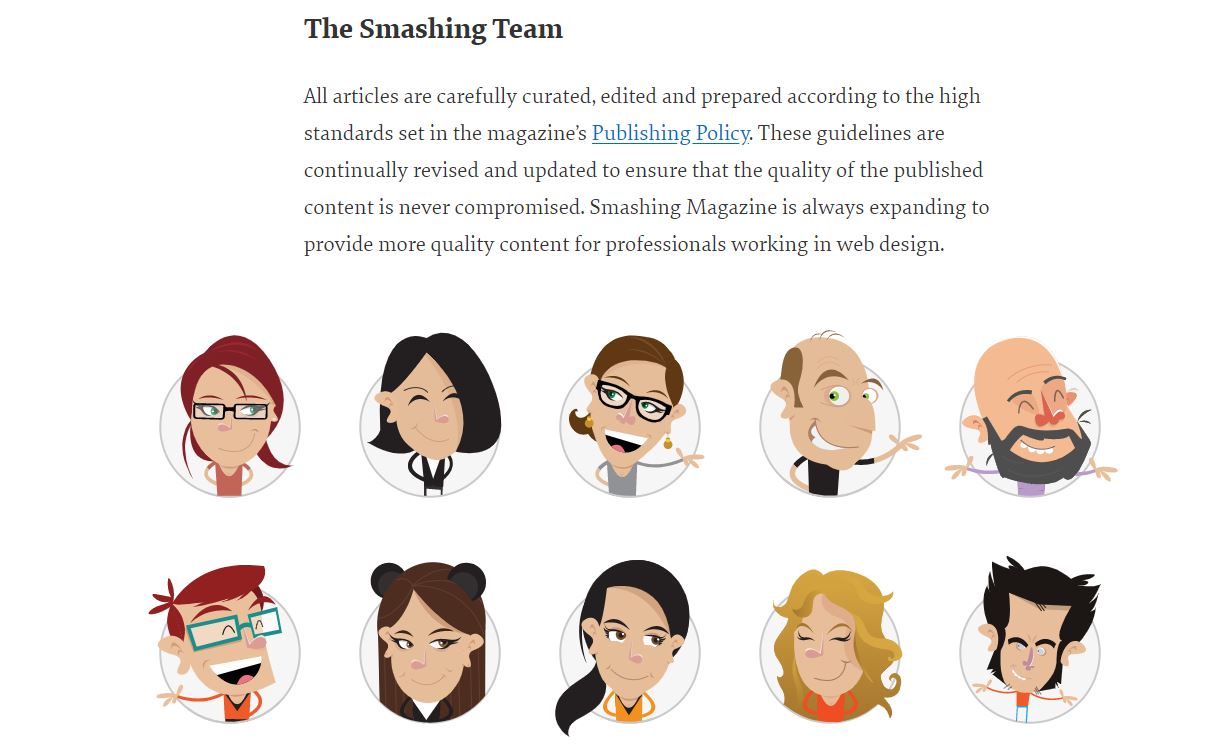
This is Smashing Magazine’s about page.
It features blurbs about their guidelines, values, and metrics—but, most importantly—they have cute graphics for every team member that links to their Twitter account.
This creates transparency and allows readers to directly connect with the people behind the content their engaging with.
How to write a product page
Do you sell physical or digital products?
You need amazing sales copy if you want to drive sales.
The first step is to clearly define the features of a product: size, colour, materials, dimensions, and so forth.
These are factual.
Next, elaborate on the benefits that the features deliver. These are emotional, financial, or another underlying reward.
Shopify does this by stating its online store feature helps customers market their businesses, get ahead of competitors, and tailor product suggestions. (Read more on B2B copywriting.)

Accompany your copy needs to be high-resolution product images.
These give the customer a more reliable idea of its size and appearance.
The price needs to be easy to find and any discounts should be highlighted too. (In red or green for example.)
Call to action buttons like “Buy now” or “Add to cart” also need to be obvious and easy to find. Split test the copy for these.
Since 60% of customers rely on reviews to make purchases, testimonials need to be displayed on each product page.
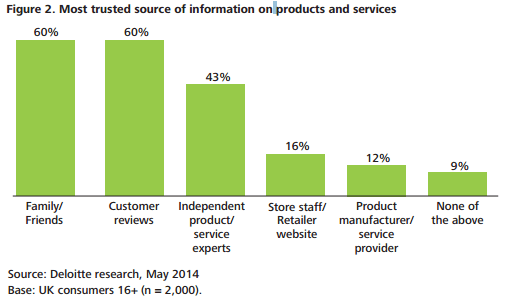
They act as social proof and help increase conversions.
How to write a contact page
The simplest of all pages to write copy for.
But, don’t be so hasty.
There are still strategies and important information you need to know before you slap a contact form on a page and start sipping pina coladas.
Firstly, the contact page should include a clear call to action. This will change depending on your business.
CTAs include getting a free consultation, calling a number, emailing, etc.
Tell the user what to do.
Additionally, link to other resources that will help users answer FAQs, solve problems, and connect with your community like Shopfiy does.
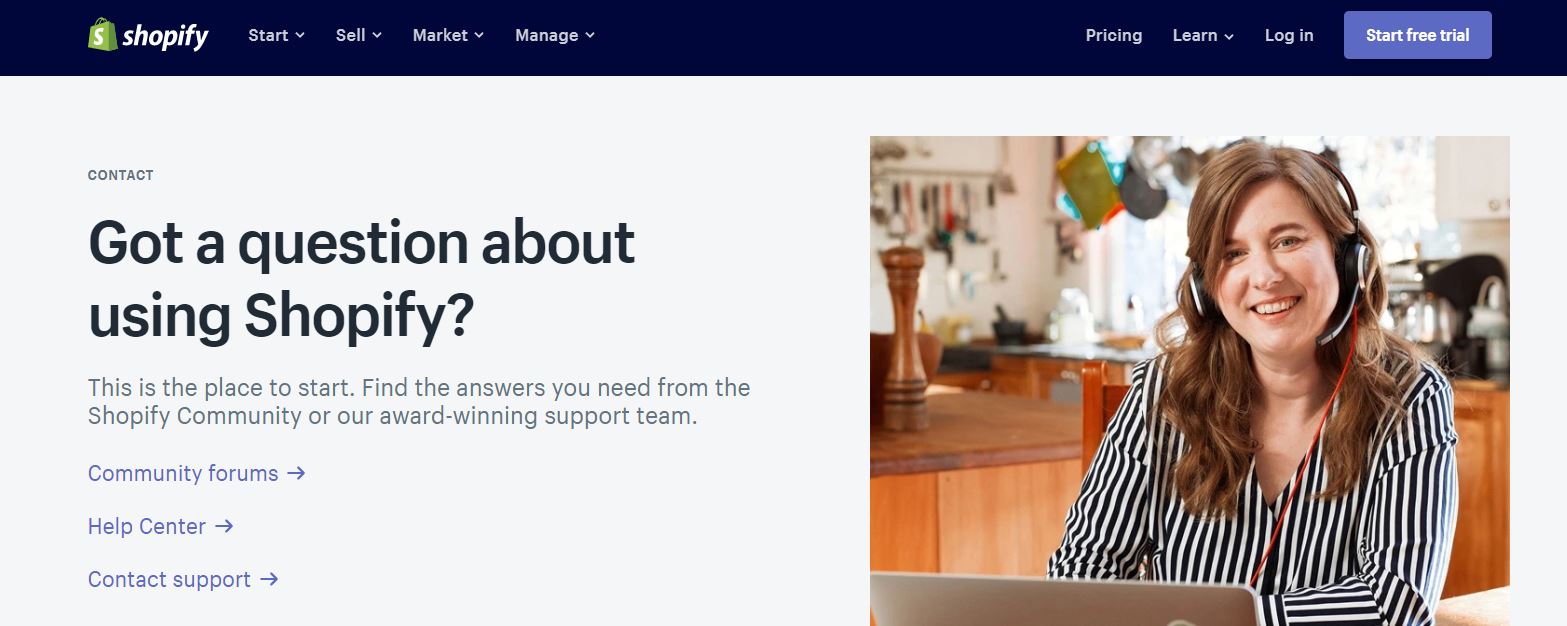
How to write a service page
A service page is very similar to a product page but has distinct differences in how the sales copy is structured.
The first step is to explain the service, how it’s conducted, and how it transforms into tangible results.
The agency WebFX does this on their digital recruitment service page.
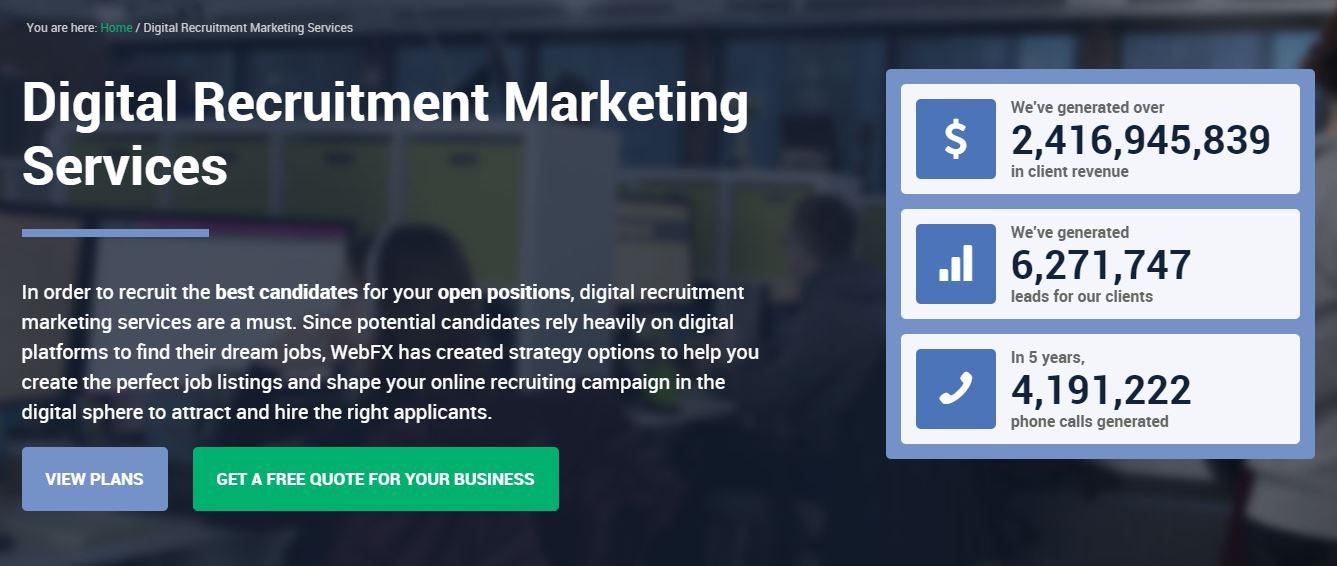
They summarize how the service assists in creating perfect job listings and reshaping client recruiting campaigns. Revenue and lead numbers on the right assist the copy.
How much they charge along with a list of the deliverable is displayed so potential clients know exactly what they will receive.
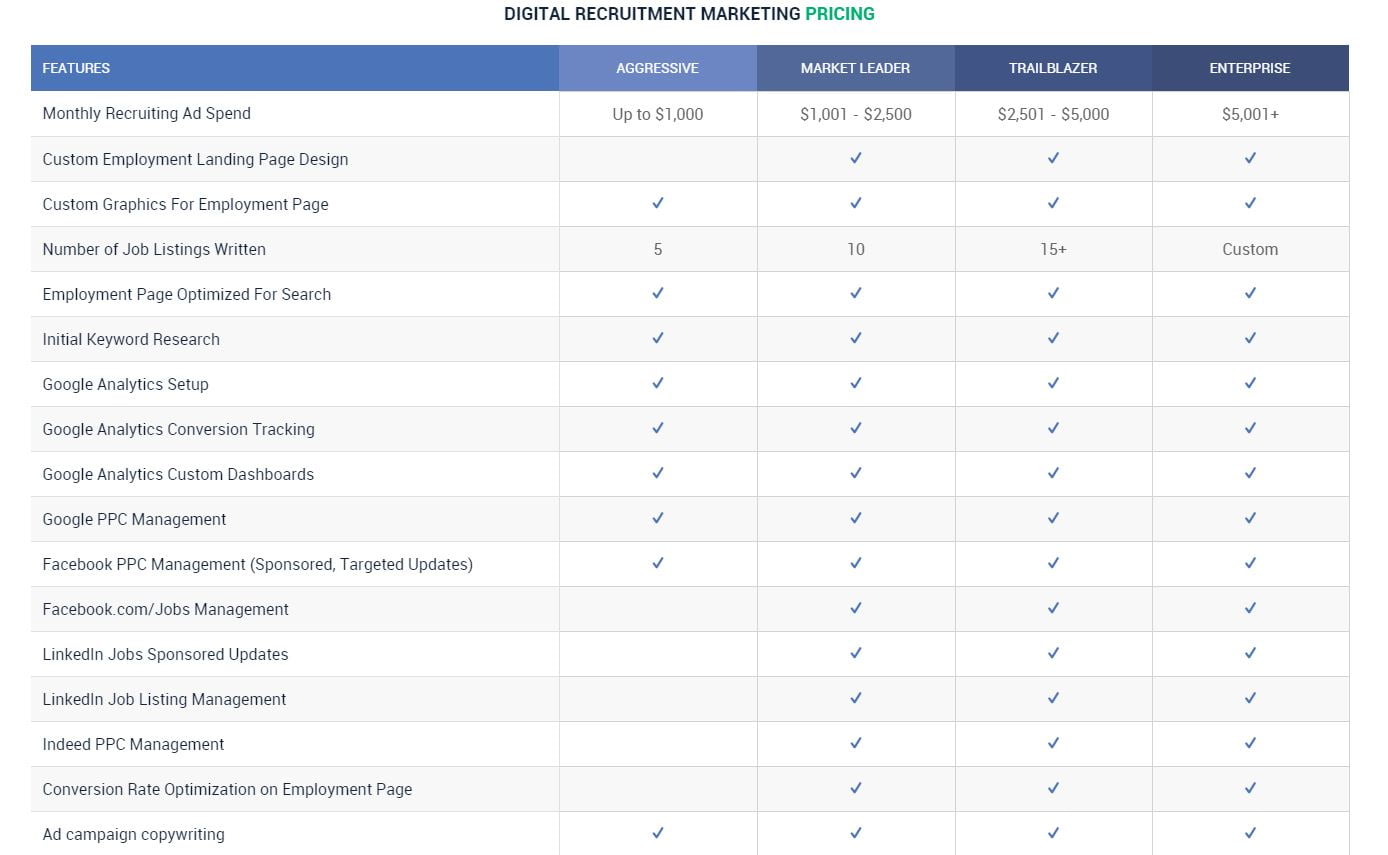
I also suggest including turnaround times and having multiple calls to action.
Free website copywriting template
Here’s my treat to you for sticking around: a free website copywriting template that outlines how you can write revenue-driving copy for a website. Get it here.
Wrapping up website copywriting
Website sales copy can make or break your business. No joke.
If it isn’t exciting and geared towards a specific audience, it will fall on deaf ears.
On the flip side, if it’s engineered to be emotional, action oriented, and stimulating then it will make customers purchase non-stop.
Here’s an infographic that sums up today’s main takeaways:
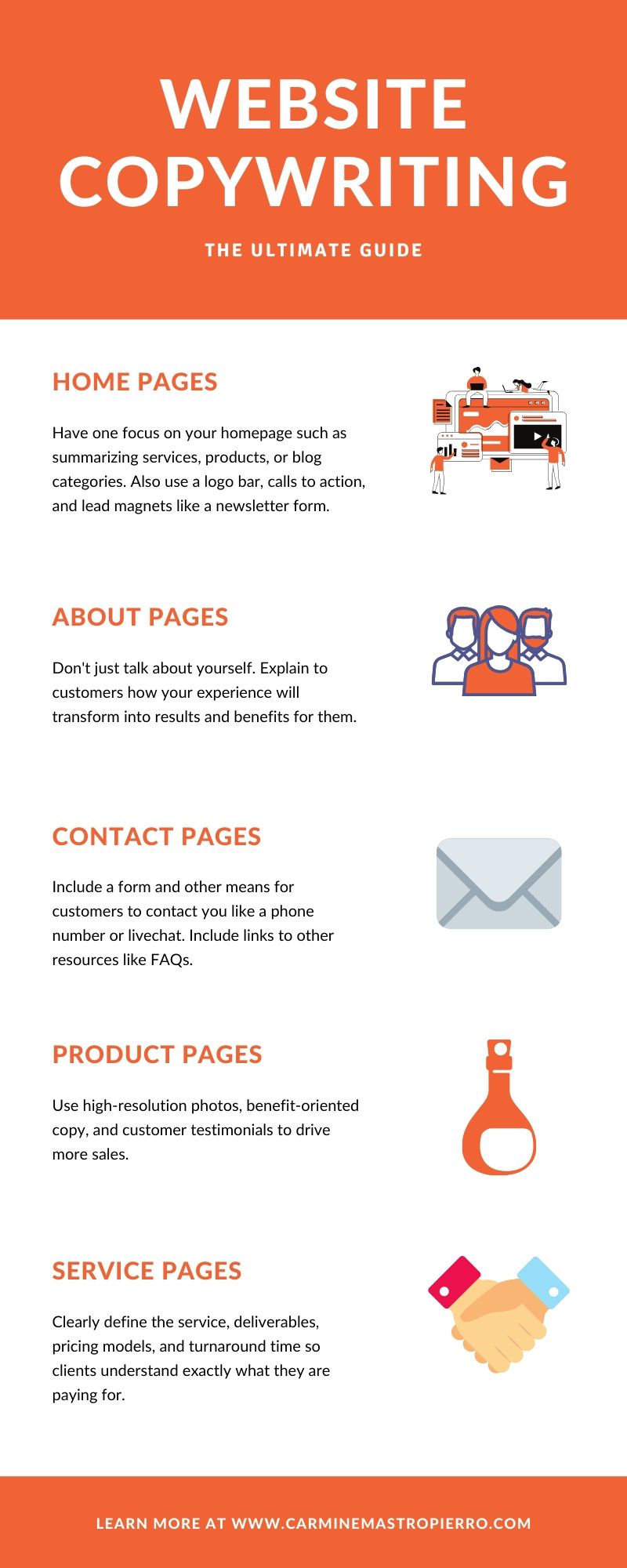
Since it requires cunning skills, research, and processes, reach out to me for website copywriting services and I’ll handle it for you.














